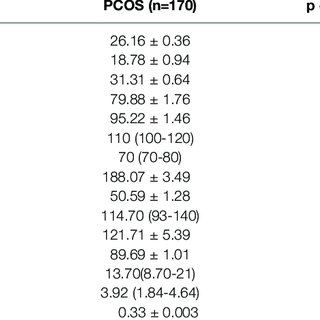February 2024
Current Medicinal Chemistry
Polycystic ovary syndrome (PCOS) is one of the most frequent endocrinopathology affecting women in their reproductive ages. However, PCOS is also related to metabolic abnormalities such as metabolic syndrome (MS), insulin resistance (IR), and type 2 diabetes, among others. Consequently, an inflammatory and pro-oxidative status is also present in these patients, aggravating the syndrome's symptoms. This work aims to discuss some late treatments that focus on oxidative stress (OS) as a central feature related to primary PCOS abnormalities. Therefore, this review focuses on the evidence of anti-oxidant diets, natural compounds, mineralocorticoids, and combined therapies for PCOS management. Oxidative stress (OS) is important in PCOS pathogenesis. In this regard, increased levels of oxidative oxygen species and decreased levels of anti-oxidant agents’ impact PCOS's reproductive and metabolic features. In the last years, non-pharmacological therapies have been considered a first line of treatment. For these reasons, several natural compounds such as Kelult honey (KH), Foeniculum Vulgare, Calendula officinalis Linn, Eugenia caryophyllus and Myristicafragrans, vitamin C, vitamin E, selenium, zinc, beta-carotene, magnesium, curcumin, mineralocorticoids and melatonin alone or in combination are powerful anti-oxidant agents being used for PCOS management. Data presented here suggest that natural therapies are essential in managing both reproductive and metabolic features in PCOS patients. Due to the results obtained, these incipient therapies deserve further investigation.









